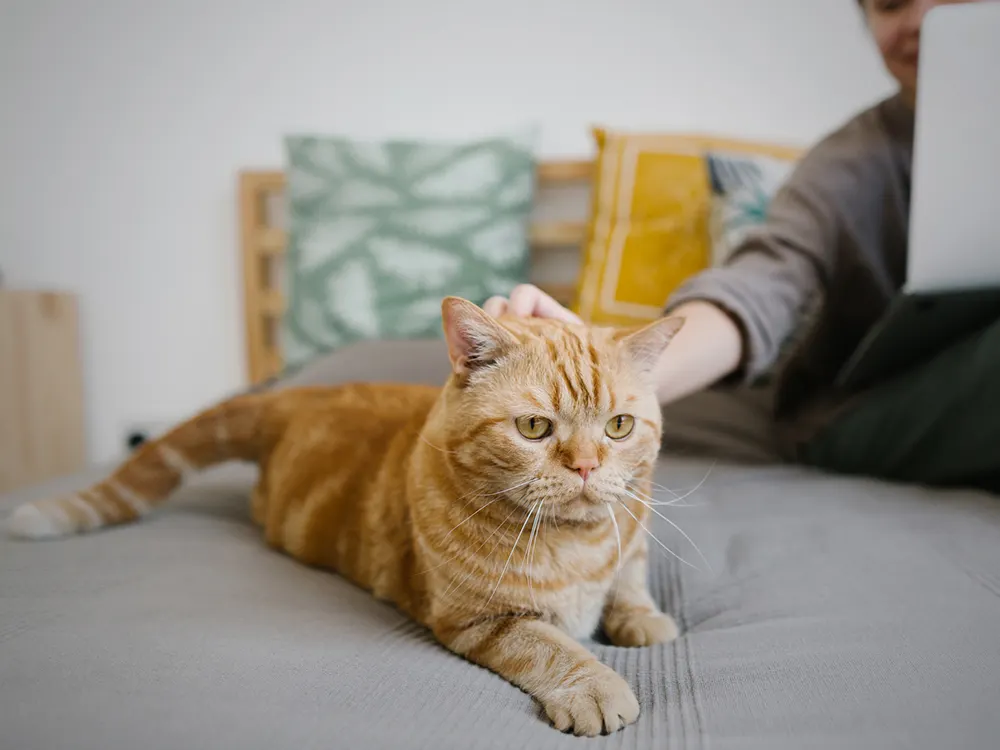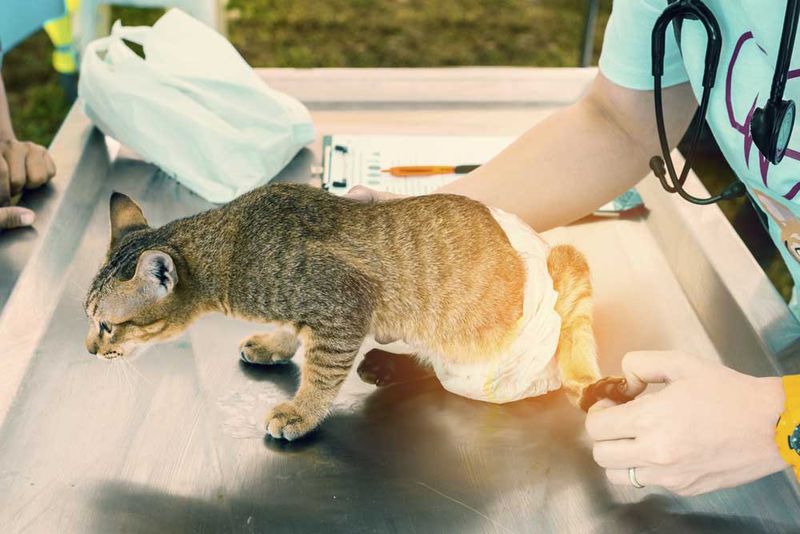📖 Table of Content:
As our feline companions age, their needs begin to shift in subtle but meaningful ways. Among the most distressing changes can be issues surrounding bathroom habits, particularly when a previously tidy and well-trained cat begins to have accidents. Feline incontinence—the involuntary leaking or loss of bladder or bowel control—is often misunderstood and overlooked, but it’s more common than many cat owners realize, especially in senior cats.
This condition isn’t just a matter of inconvenience; it can be a signal that your cat is experiencing health issues that require attention. Whether it’s due to medical complications, cognitive decline, or physical limitations, incontinence can impact your cat’s quality of life and their relationship with their environment and humans. Understanding the causes and management strategies is essential for ensuring your cat’s comfort and dignity as they age.
Compassion and vigilance are key to addressing feline incontinence. With the right approach, many of the associated challenges can be reduced or even resolved. This article outlines seven critical things every cat owner should know to help their senior pet through this phase with grace and care.
1. Understanding Feline Incontinence
Feline incontinence isn’t a behavioral issue—it’s a physical one, where the cat loses control over urination or defecation. Often, this happens when the cat is asleep, walking around, or unaware of their own leaking, which makes it different from intentional litter box avoidance. Cats experiencing incontinence may leave wet spots where they rest, or drip urine while moving around the house. It’s a problem that can be subtle at first, but over time, the signs become more frequent and harder to ignore. Rather than punishment, this issue requires understanding and medical investigation. Sometimes owners confuse it with spraying, but the motivations and causes are entirely distinct. Recognizing that it’s not your cat’s fault is the first step toward compassionate care.
2. Age-Related Causes of Incontinence
As the years pass, a cat’s body naturally undergoes changes that can affect bathroom habits. Nerve degeneration in the spinal cord can reduce the cat’s ability to sense when their bladder is full. Arthritis, particularly in the hips or spine, can make climbing into high-sided litter boxes painful or impossible. Cognitive dysfunction syndrome (CDS), akin to dementia in humans, can also play a role by causing confusion or forgetfulness about where the litter box is located. These issues often develop slowly, which can delay detection until the incontinence is well underway. It’s important not to dismiss accidents as mere old age—they’re often symptoms of treatable issues. Awareness of these potential causes allows for proactive care. Helping your senior cat means adjusting expectations and recognizing their new limitations.
3. Ruling Out Medical Issues
Behind many cases of incontinence lies a treatable medical problem, and early diagnosis can make all the difference. Urinary tract infections are a leading cause and can make urination urgent, frequent, and uncontrollable. Kidney disease, often common in older cats, affects urine concentration and volume, increasing the likelihood of accidents. Diabetes mellitus can result in excessive thirst and urination, further stressing the cat’s bladder control. Bladder stones or even tumors may physically obstruct normal urination, causing overflow or leakage. Each of these conditions requires veterinary attention and often specific treatments. Ignoring these possibilities may lead to worsening health and unnecessary suffering. A thorough veterinary exam, including lab work and imaging, is the gold standard for identifying the root cause.
4. Recognizing Behavioral Signs
Changes in your cat’s behavior may be the first clue that something isn’t right. Dribbling urine while walking or finding damp spots in familiar sleeping areas can be early signs of incontinence. Cats who excessively groom their genital areas may be trying to clean themselves due to frequent leaks. You might notice your cat suddenly urinating just outside the litter box or appearing distressed after an accident. Some cats stop using the box altogether because they associate it with discomfort or confusion. Don’t overlook these signs, as they can be windows into your cat’s well-being. Keeping a journal of accidents or unusual habits can help your vet better understand the scope of the issue. Small shifts in behavior often speak volumes about health.
5. Managing Litter Box Setup
Accessibility and comfort are crucial for a cat with mobility or cognitive challenges. Switching to a litter box with low sides can make it easier for arthritic cats to step in and out. Ensuring that boxes are placed on every level of the home prevents long, painful walks. Some cats benefit from open, uncovered boxes that are easy to locate and enter, especially if they’re disoriented. Keeping the litter box meticulously clean and odor-free can encourage consistent use. Adding more boxes in quiet, low-traffic areas ensures your cat always has access when they need it. Cats with declining vision or memory may forget where the litter box is, so proximity matters. A few thoughtful adjustments can dramatically reduce accidents.
6. Home Modifications for Support
Accommodating a senior cat with incontinence may require some environmental changes. Waterproof pet pads on bedding or favorite sleeping spots can absorb leaks and prevent furniture damage. Soft, disposable or washable diapers are available for cats and can be useful in certain cases. Non-slip ramps and stairs can help your cat reach litter boxes or favorite spots without risking a fall. Consider restricting access to areas with carpets or delicate fabrics during unsupervised hours. Cleaning up accidents promptly with enzymatic cleaners will neutralize odor and discourage repeat incidents. Simple home modifications, when done with empathy, can maintain your cat’s dignity and reduce your stress. The goal is to make your shared space safe and manageable for both of you.
7. Exploring Treatment Options
Veterinary treatments vary depending on the underlying cause, so personalized care is essential. Infections can often be resolved with antibiotics, while hormone-related issues may improve with medications that support sphincter tone. Anti-inflammatory drugs or joint supplements can relieve arthritis pain, making it easier for your cat to use the litter box. If dementia is diagnosed, there are supportive therapies and diets that can help slow progression. For severe or chronic cases, long-term management with absorbent products or prescription food may be advised. Work closely with your vet to find a plan that supports your cat’s comfort without compromising their quality of life. While not every case is curable, many are manageable with the right treatment plan. Compassionate care, informed decisions, and consistent follow-up can make all the difference.







